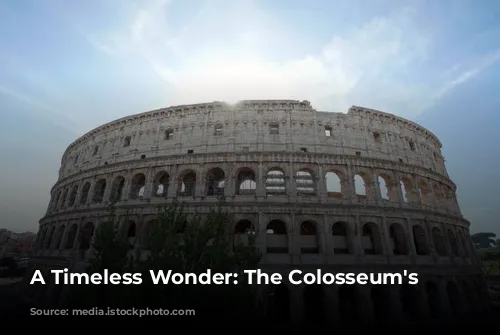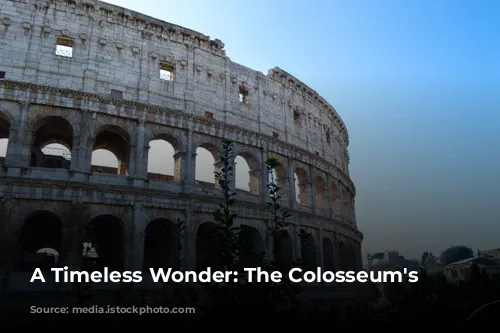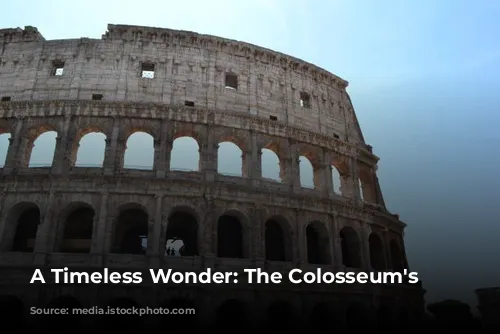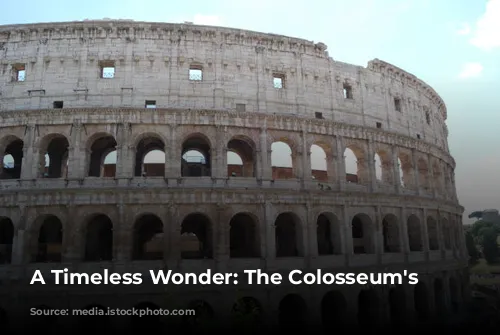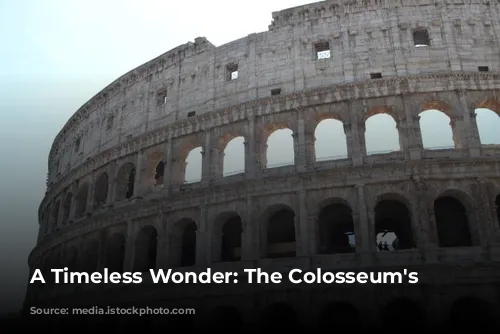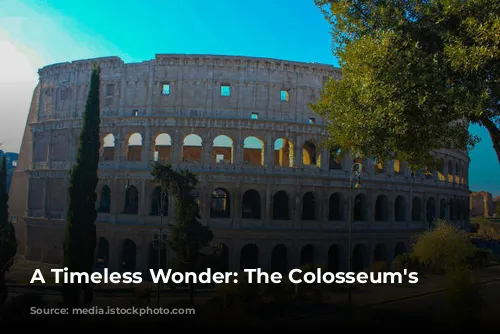The Colosseum, a magnificent symbol of ancient Rome’s architectural and engineering genius, stands as a testament to a bygone era. It’s a powerful reminder of the Romans’ skill and ambition, and it continues to captivate visitors from all corners of the globe. Not only is the Colosseum a breathtaking sight, but it also serves as a lucrative source of revenue for the Italian government. In 2018, the Colosseum, the Roman Forum, and Palatine Hill generated over $63.3 million (€53.8 million), solidifying their position as Italy’s top tourist attraction.
From Glory to Decline and Rebirth
The Colosseum’s history is a fascinating journey through time. After the fall of the Western Roman Empire, the grand structure fell into disrepair and was repurposed several times. During the 12th century, the Frangipane and Annibaldi families used the arena as their fortress. Later, in the 15th century, Pope Alexander VI granted permission for the Colosseum to be used as a quarry, leading to its further deterioration. After centuries of neglect, the Colosseum finally received the attention it deserved in the 1990s with state-funded restoration efforts.
A Monument of Entertainment
The Colosseum was born from a desire to revive the city of Rome. Emperor Vespasian, determined to restore Rome’s splendor after a period of political turmoil, envisioned the Colosseum as a center of entertainment. The emperor, a man of action, wanted to create a space for gladiator battles, animal hunts, and even mock naval battles. The Colosseum was a symbol of power and grandeur, a testament to the Roman Empire’s commitment to public spectacle.
Construction and Legacy
Construction of the Colosseum began under Vespasian between 70 and 72 CE, and the finished structure was dedicated in 80 CE by his son and successor, Titus. The Colosseum’s fourth story was later added by the emperor Domitian. The arena’s construction was funded with spoils from Titus’s conquest of Jerusalem in 70 CE, and it was built by enslaved Jews from Judaea.
A Grand Amphitheater
The Colosseum, also known as the Flavian Amphitheater, is an impressive elliptical structure built of stone, concrete, and tuff. This colossal edifice boasts four stories and stands at a height of 189 by 156 meters, making it one of the largest amphitheaters ever built. The Colosseum’s remarkable size allowed it to accommodate up to 50,000 spectators – a truly awe-inspiring spectacle!

A Symbol of Roman Might
The Colosseum’s design is a testament to Roman ingenuity. Unlike earlier amphitheaters, which were often built into hillsides for support, the Colosseum is a free-standing structure constructed from stone and concrete. The Colosseum’s impressive facade features a unique blend of architectural styles, showcasing the three classical orders – Doric, Ionic, and Corinthian – in a captivating display of Roman craftsmanship.

A Place of Thrills and Spectatorship
The Colosseum was designed to provide a thrilling experience for its spectators. A retractable awning, known as a velarium, protected the audience from the sun. The velarium was a complex system requiring skilled Roman sailors to manage its intricate rigging. The Colosseum hosted a spectacular array of events – gladiator combats, animal hunts, and even mock naval battles. While the Colosseum is a treasure trove of stories and legends, there is no definitive proof that it was the site of early Christian martyrdom.
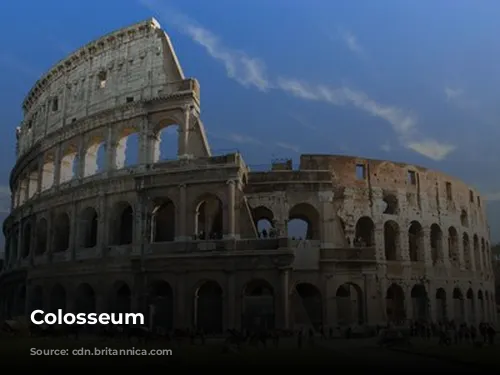
Enduring Through the Centuries
Throughout history, the Colosseum has served a variety of purposes. In the medieval period, it served as a church and a fortress for prominent Roman families. Unfortunately, the Colosseum was also subjected to damage from lightning, earthquakes, vandalism, and pollution, leading to the loss of its marble seats and decorative materials. However, thanks to preservation efforts in the 19th and 20th centuries, the Colosseum has been restored to its former glory. Today, it attracts millions of visitors annually, eager to witness the architectural marvel and connect with ancient Rome’s vibrant past. The Colosseum remains a powerful symbol of Rome’s enduring legacy, a testament to the Romans’ skill, creativity, and love for grand spectacles.
